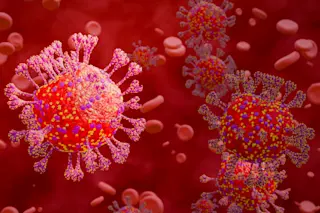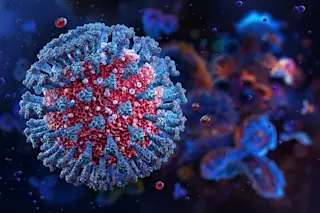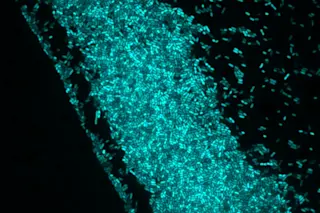With nearly 1,000 confirmed cases of swine flu reported around the world, World Health Organization officials say that the virus will probably continue to spread. However, they add that as of yet, there are few indications that it will cause any more trouble than a seasonal flu virus. WHO spokesman Gregory Hartl noted yesterday that the public may misunderstand the word “pandemic.” The term refers to where an illness spreads, not its severity [Washington Post].Early genetic analyses of the virus suggest that it’s less lethal than originally feared, although researchers stress that the virus will continue to mutate and evolve.
The world has 985 confirmed cases of the virus, known to scientists H1N1 virus, in a total of 20 countries, WHO said Monday. The United States has reported 226 confirmed cases in 30 states. The U.S. cases include one death — a Mexican toddler visiting relatives in the United States ...














